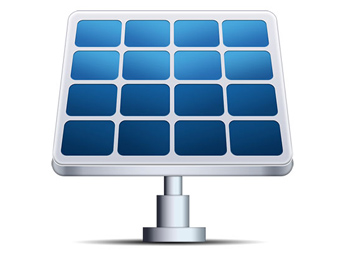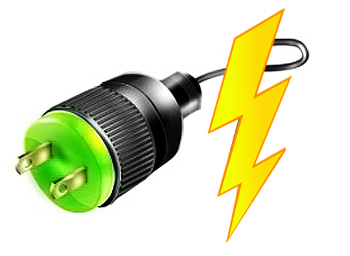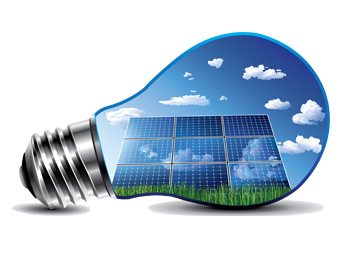How Solar PV Systems Work

What are Solar Photovoltaic Panel Systems
Solar Photovoltaic (PV) panels are generally fitted on the roof in a northerly direction and at an angle to maximize the amount of sunlight that hits the panels.
Solar PV panels on the roofs of homes and businesses generate clean electricity by converting the energy in sunlight.
This conversion takes place within modules of specially fabricated materials that make up the solar panels. It is a relatively simple process that requires no moving parts. In most cases solar panels are connected to the mains power supply through a device called an inverter.

Grid-connected solar PV systems
Most suburban homes in Australia are connected to the electricity grid, which uses alternating current electricity (AC). However, the electricity generated by solar panels is direct current (DC).
That means grid-connected (GC) solar PV systems need an inverter to transform the DC electricity into AC electricity, suitable for ordinary household needs. Houses with solar systems use solar power first before sourcing electricity from the grid.

When my Solar Panels are not generating Solar Power
When the panels are not producing electricity at night, electricity is supplied from the existing electricity grid. For systems with a battery backup (optional), the inverter regulates the charge of batteries. The electricity stored in the batteries can be used at night or during blackouts.

Power Output
The output of a solar PV system depends on its size. The most common household systems are either 1 kilowatt (kW) or 1.5 kilowatts, although some property owners have installed systems of up to 10 kilowatts. A typical Australian house consumes around 18 kilowatt hours (kWh) per day, therefore a 1-2kW system displaces an average of 25-40% of your average electricity bill. Solar panels produce more energy in summer than they do in winter.